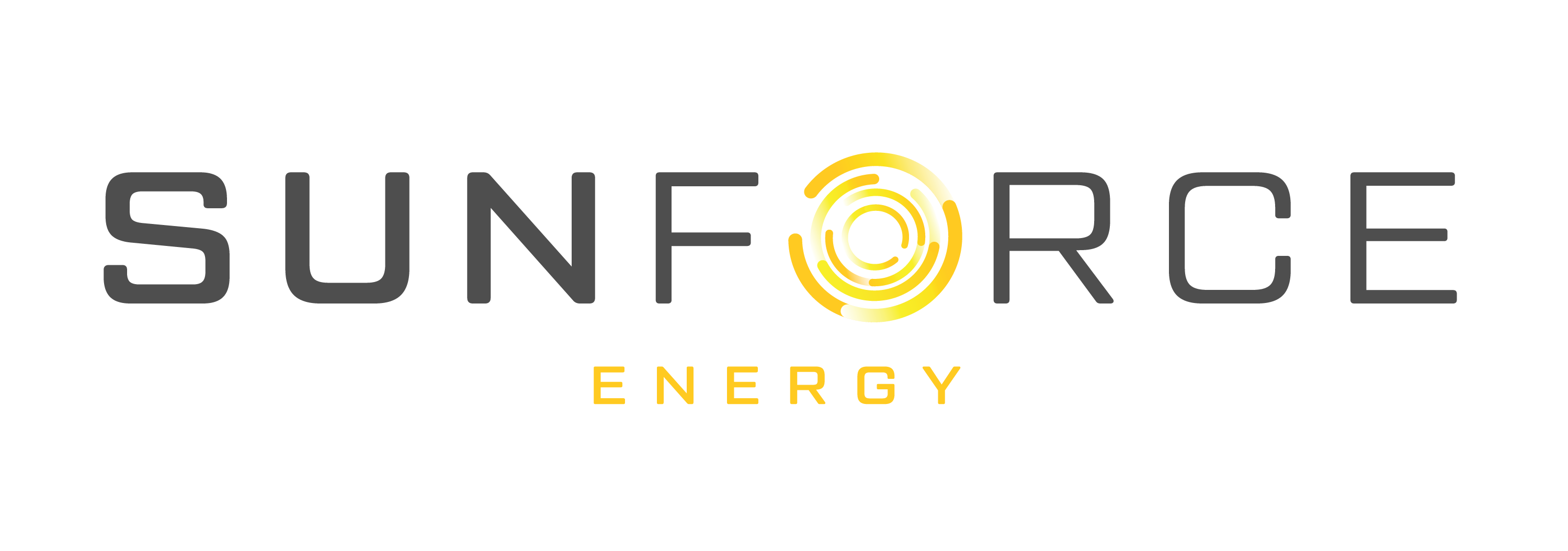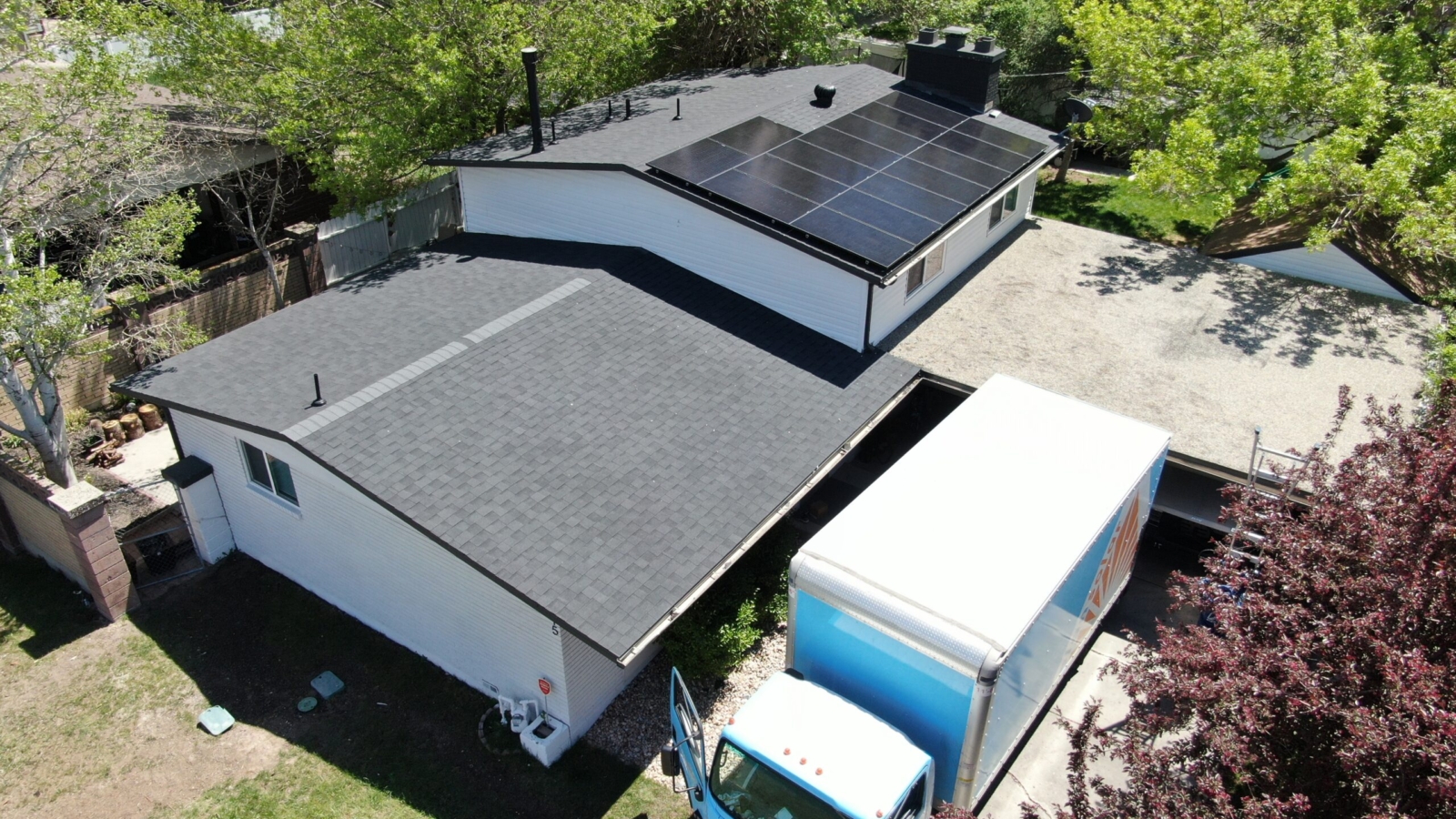Your Comprehensive Guide to Installing Home Solar Panels
As a leading clean energy technology, solar panels offer a way to power your home while reducing both your electricity bills and your carbon footprint. However, installing home solar panels can seem daunting, with costs, benefits, and logistics to consider. Our team of solar experts has put together this detailed guide to help you navigate the process of going solar.
Key Takeaways
- Energy Independence: Solar panels can power your home, reducing reliance on the grid, lowering electricity bills, and decreasing your carbon footprint.
- Cost and Savings: After the 30% federal tax credit, a typical home solar system costs around $13,400 and can save approximately $1,500 annually.
- Return on Investment: On average, solar panels pay for themselves within 10 years, making them a worthwhile investment for many homeowners.
- Variable Costs: Installation costs and savings can vary based on local electricity rates, solar company choice, roof sunlight exposure, and available incentives.
How Home Solar Panels Work
Solar panels generate electricity through the photovoltaic effect. Most residential solar panels are made from silicon, a semiconductor material. When sunlight hits the silicon, it excites electrons, creating an electric current. This current is converted from direct current (DC) to alternating current (AC) by a solar inverter, then used to power your home’s appliances. Any excess energy produced can be sent to the grid or stored in an energy storage system.
There are three main types of solar panel systems:
- Grid-Tied: Connected to the utility grid with no backup battery. Excess energy is sold back to the grid.
- Hybrid: Includes both solar panels and a battery storage system. It allows you to store energy for use when the sun isn’t shining.
- Off-Grid: Operates independently from the utility grid, relying entirely on stored energy and solar production.
Types of Solar Panels
Understanding the different types of solar panels and equipment is crucial for making an informed decision.
Cost of Solar Panels and Potential Savings
A 6 kW solar system typically costs about $18,000 before incentives, with an average annual savings of around $1,500. Here’s a breakdown of estimated costs and savings for various system sizes:
- 4 kW: $13,000 cost; $31,100 savings
- 6 kW: $17,700 cost; $46,650 savings
- 8 kW: $22,800 cost; $62,200 savings
- 10 kW: $27,500 cost; $77,750 savings
- 12 kW: $33,000 cost; $93,300 savings
Paying for Solar Panels
While cash purchases offer the best long-term savings, many homeowners opt for financing options:
- Solar Loans: Allow ownership of the system and provide a good return on investment despite interest and fees.
- Leases and Power Purchase Agreements (PPAs): Require no upfront cost but typically offer lower long-term savings and no access to certain incentives.
Note: Be cautious of advertisements claiming “free solar panels”; they often involve leases or PPAs with monthly payments.
Roof Suitability for Solar Panels
Optimal solar panel performance requires:
- Direction: South-facing roofs are ideal, but panels can be installed on other orientations with less efficiency.
- Condition: Ensure your roof is in good condition before installation. If it’s old or needs repairs, address these issues first.
Understanding Your Energy Usage
Your home’s energy consumption affects the size and cost of your solar system. If you have low energy bills (less than $75/month), solar panels might not be cost-effective. Most systems use 15 to 19 panels, but this can vary. Oversizing your system can help accommodate future energy needs, but check with your installer for utility regulations on system size.
Net Metering and Solar Incentives
Net metering allows you to offset your electricity bill with excess solar energy sent to the grid. Check if your utility offers net metering and how it credits excess energy, as this can impact your savings.
The federal solar tax credit reduces your tax liability by 30% of the installation cost. Additionally, state and local incentives can further reduce costs. Research available incentives in your area to maximize savings.
Solar Installation Timeline
The installation process typically takes between two to six months, including permitting and inspections. The actual installation of solar panels usually takes just a few hours.
DIY Solar Installation
DIY solar installation is not recommended due to safety concerns, complexity, and potential warranty issues. Professional installation ensures compliance with local regulations and proper system performance.
Is Solar Worth It?
For most homeowners, solar panels offer significant benefits, including a payback period of around 10 years and long-term savings. However, individual circumstances vary, so it’s essential to evaluate whether solar is right for your home.


